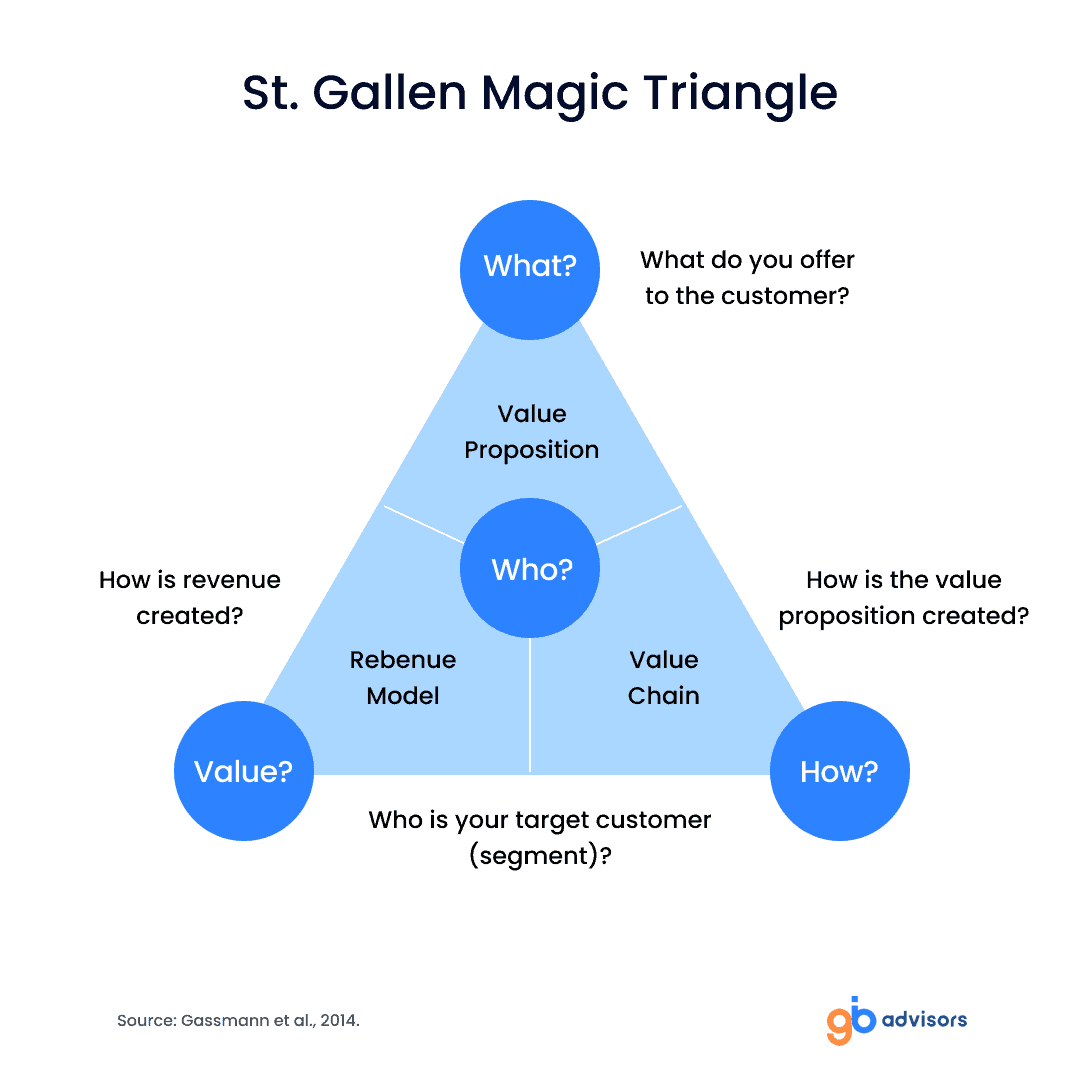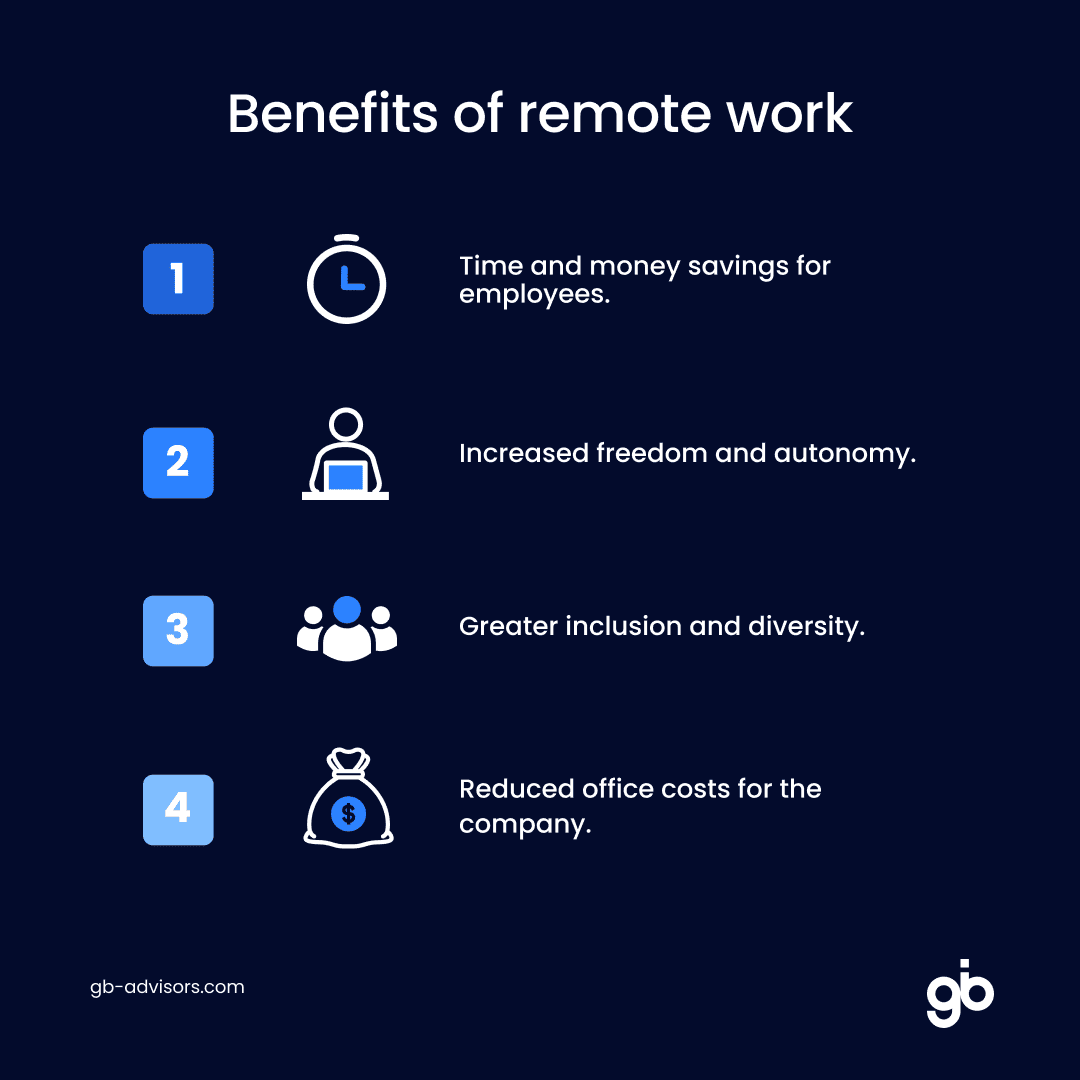Digital transformation is not a project that limits itself only to the adoption of new technologies. It involves a fundamental redesign of how the company operates and delivers value to its customers. From optimizing internal operations to improving the customer experience, every aspect of the business is redefined by digitization.
And beyond technology, digital transformation also requires a cultural shift. This means challenging the status quo and adopting a mindset of experimentation and innovation. Failure in a company undertaking transformation should not be seen as an obstacle, but as an opportunity to learn and improve.
In this sense, digital transformation is essential for any company that wants to stay relevant in today’s economy. No matter the size of the company or the industry: digitization is an inescapable reality.
But what are the benefits of such a major project, and why even bother undertaking a change of such magnitude? In the benefits of digital transformation, we can find the answers:
Key benefits of digital transformation
Digital transformation brings with it a number of significant benefits that positively impact four key areas:
1- Customer experience
This is achieved in a number of ways, including:
Omnichannel alignment
With digital transformation, companies can align their various channels (e.g., social media, website, in-store experiences) to deliver a seamless experience. This means that customers can interact with a company in the way that works best for them: chat, call, in-person, etc.

Improving customer relationships
With new technology, companies have an easier time understanding their customers’ needs and behaviors. By collecting this data, offers can be tailored to meet their needs and build stronger relationships.
Improved product offerings
Digital transformation enables companies to innovate faster and bring new products and services to market more quickly. This is a key advantage in industries where competition is fierce and customers demand the latest and greatest.
Attracting new customers
With efficient processes, people are more satisfied and happy with your company’s service/product. If this attention becomes constant, and you offer better and better experiences, your customers will become ambassadors of your brand. And your opportunities to create new business will increase.
Improving collaboration and interaction
Digital transformation seeks to improve collaboration and interaction between employees. This has a ripple effect on the customer experience. For example, if agents can access real-time data about a customer’s history with the company, they can provide more personalized and effective assistance.
2- Operational efficiency
Among the benefits of digital transformation, we cannot fail to give its place to operational efficiency. This is one of the most common reasons why a company starts evaluating new tools, as the main goal is usually to improve processes and increase productivity. Some key benefits in this area include:
Cost reduction
Costs are reduced by automating manual processes and reducing the need for paper documentation.
Improved productivity
By implementing process automation, employees can focus on more strategic tasks. It also helps them work more efficiently.
Increased revenue
Digital transformation helps companies increase revenue by enabling them to reach new customers and expand their offerings. For example, an e-commerce platform can help a small business reach a global audience and drive sales growth.
Systems Integration
With digitization, companies can integrate disparate systems such as AI-powered CRMs or supply chain management systems. This leads to more streamlined processes and greater visibility into operations.
Greater process flexibility
Among the benefits of digital transformation is the ability to turn organizations into agile structures. This makes it easier for them to respond better to changing market conditions. By implementing cloud-based solutions, for example, companies can quickly scale up or down as required. And without having to invest in costly infrastructure.
Reduced product cycle time
With digital transformation, companies reduce the time it takes to bring products to market. By leveraging technologies such as 3D printing and rapid prototyping, companies can iterate quickly on product designs. And get them to market faster.
3- The business model
When we seek to optimize certain business functions through information technology tools, we are compromising the entire value chain of a company. That is why it is so important to correctly manage the transformation project with an adequate plan in mind so that this change in the business model is always customer-oriented.
Organizations seeking a transformation at this level should start from two complementary objectives: re-evaluate its value proposition for the customer and in turn transform operations by orienting them to the use of digital technologies that facilitate interaction and collaboration with customers.
In consideration of this issue, multiple authors have proposed different frameworks to come up with more efficient business models. These frameworks are representations of business models on a reduced scale. They facilitate a “common language” that fosters dialogue, legitimizes and activates resources. In this opportunity, let’s look at the Magic Triangle model of the Business Model Navigator by St. Gassmann et al. (2014):

This magic triangle, like many others, does not consider technology within its structure. However, we can consider technology within our answers to those “basic” questions it recommends: What? Who? How? Value?
The advantage it represents is that it is very easy to use. It allows us to place the customer in the middle of the value proposition, the value chain, and the revenue modeling.
So, if in the digitalization project, we put the customer at the center, we get more benefits from digital transformation such as:
Access to new markets and opportunities
With the help of technology, companies can build an attractive online presence. And most importantly: able to reach a wider and more diverse audience. In addition, digitization also helps companies diversify their revenue streams by creating new digital products or services that complement their current offerings.
Adapting to market changes
New trends and disruptions by competitors using digital technologies can pose a threat to companies that have not adapted.
But by adopting digital technologies, companies can respond quickly to market changes and take advantage of new opportunities. For example, they can employ data to identify patterns and trends in consumer behavior and then adjust their marketing and sales strategy accordingly.
Increased innovation
Artificial intelligence and machine learning can help companies identify patterns in data that were not previously visible. And you can use this data to improve products or create new services. In addition, digitization enables real-time collaboration and instant communication. This drives greater creativity and collaboration in the organization.
4- Organizational culture
Transforming culture in a digital transformation context may be more difficult than installing new technologies in companies. However, it is a key element. If the right change management is in place and a culture that supports innovation is promoted, the transformation can develop smoothly and bring benefits such as:
Improved work environment
The work environment improves when employees can streamline processes, automate repetitive tasks, and remove barriers to collaboration.
With digitization, teams can focus on the most meaningful work. And feel more valued when they spend their time on high-level tasks instead of administrative or manual tasks. This leads to higher job satisfaction, motivation, and engagement.
Reduced employee turnover
Improved morale and attitude, lead to lower employee turnover. When employees are happier and more engaged in their work, they are less likely to leave the company.
In addition, digital transformation enables remote work and flexible schedules. This facilitates a work-life balance that can attract and retain top talent.

Relevant skills development
Digital transformation requires new skills and competencies, which can be developed through training programs. This gives way to a workforce better equipped to handle challenges and the changing business landscape. And when employees feel capable, they are better motivated and engaged.
Increased demographic inclusion
Demographic inclusion is increased by enabling remote work and removing geographic barriers to work. These increase access to job opportunities for people who may have been excluded from the traditional workforce due to location or other factors. In addition, digital tools help reduce bias in hiring and promotion decisions by providing objective data and metrics.
Conclusion
Digital transformation is not a fad, but a prevailing necessity in the modern business world. And as we can see, the benefits of digital transformation go beyond operational efficiency and cost reduction. It gives us agility, a culture that is willing to change, that grows and develops along with market fluctuations. That is indispensable in this digital era, in which change has become commonplace.
Bibliography
Gassmann, H., K. Frankenberger, and M. Csik. 2014. The St. Gallen business model navigator. University of St. Gallen: ITEM-HSG.
Gertzen, W.M, Van der Lingen, E. & Steyn, H., 2022. “Objectives and benefits of digital transformation projects: insights from project selection criteria” South African Journal of Economics and Management Sciences.



